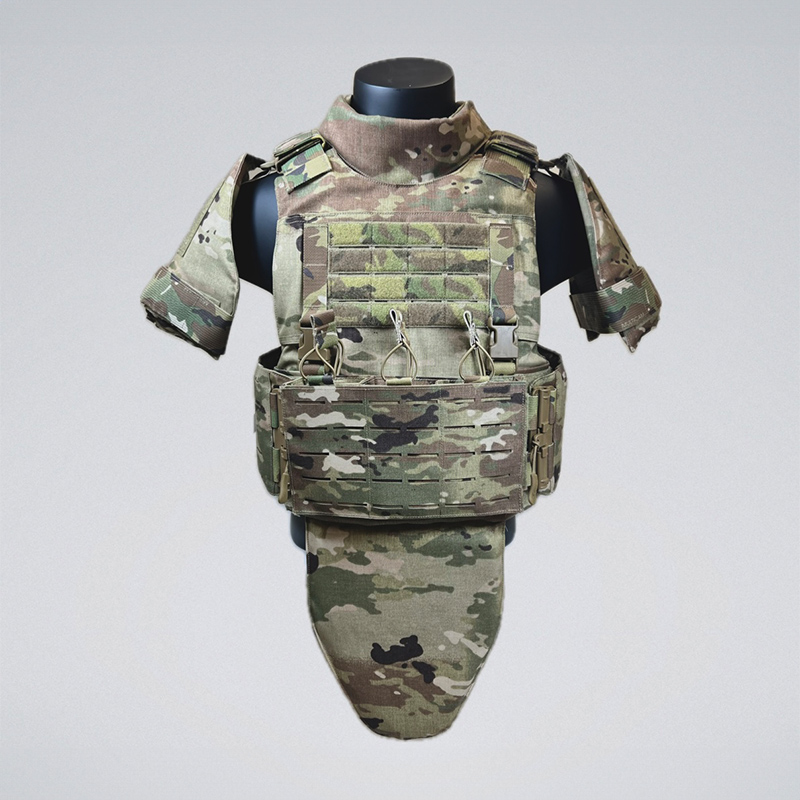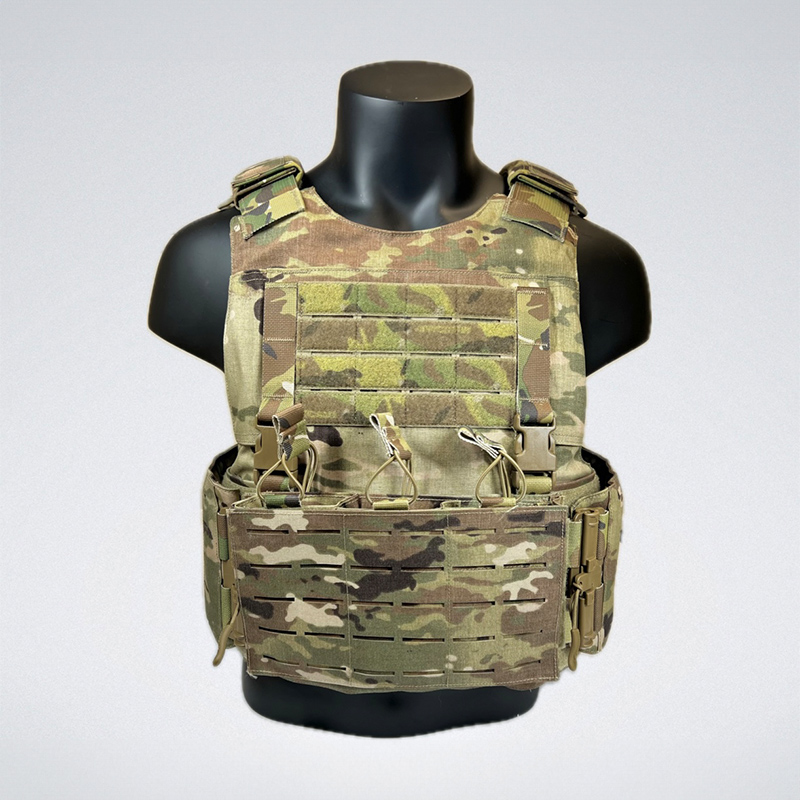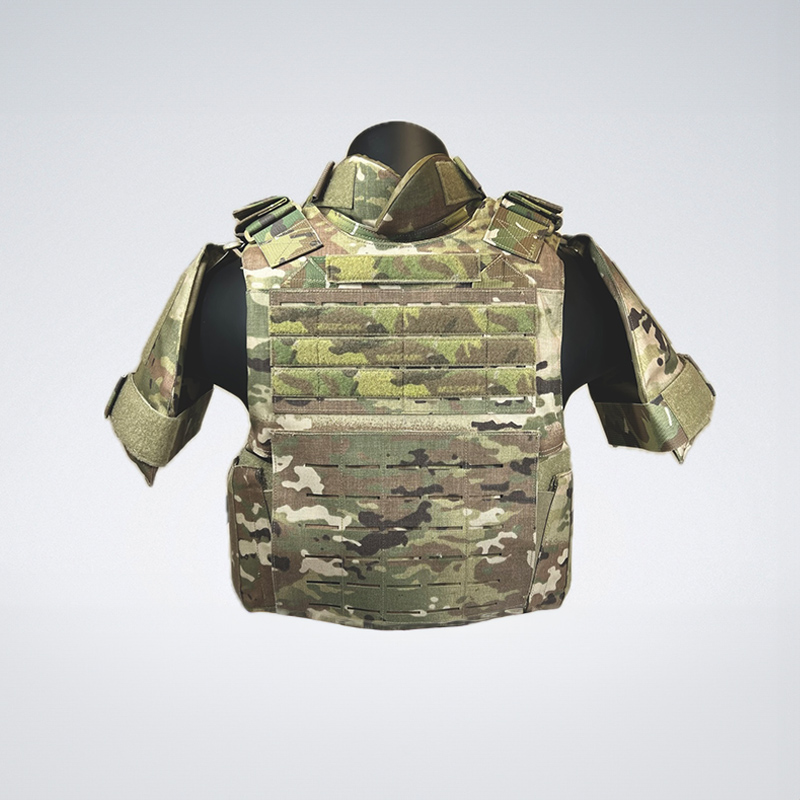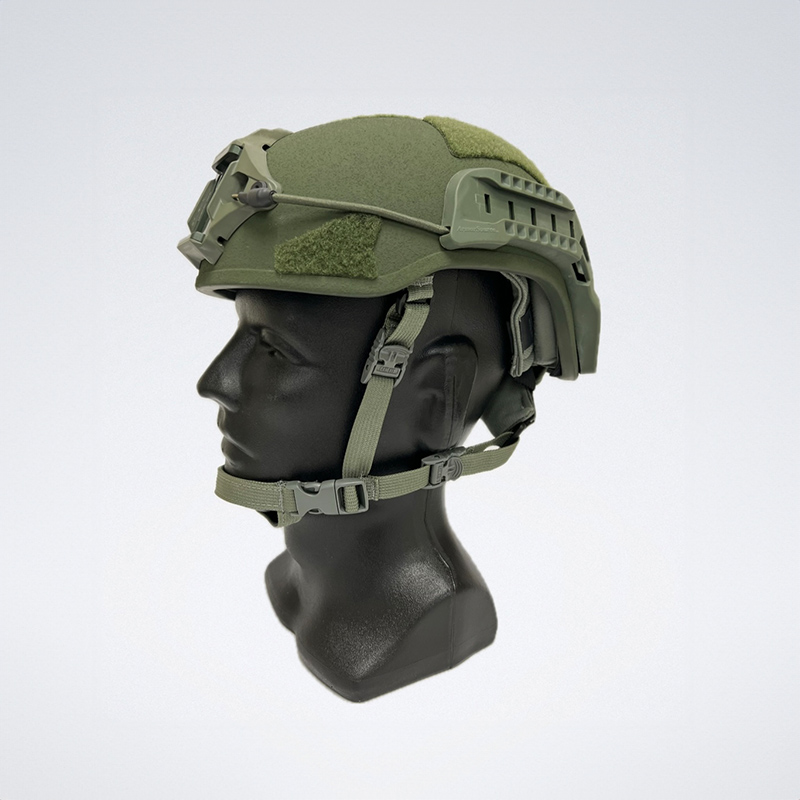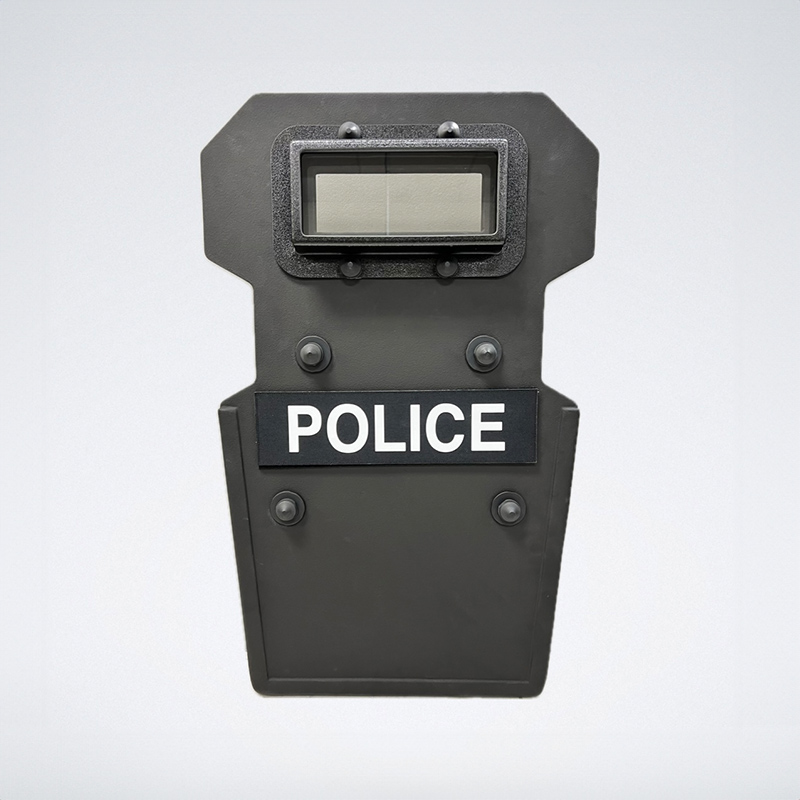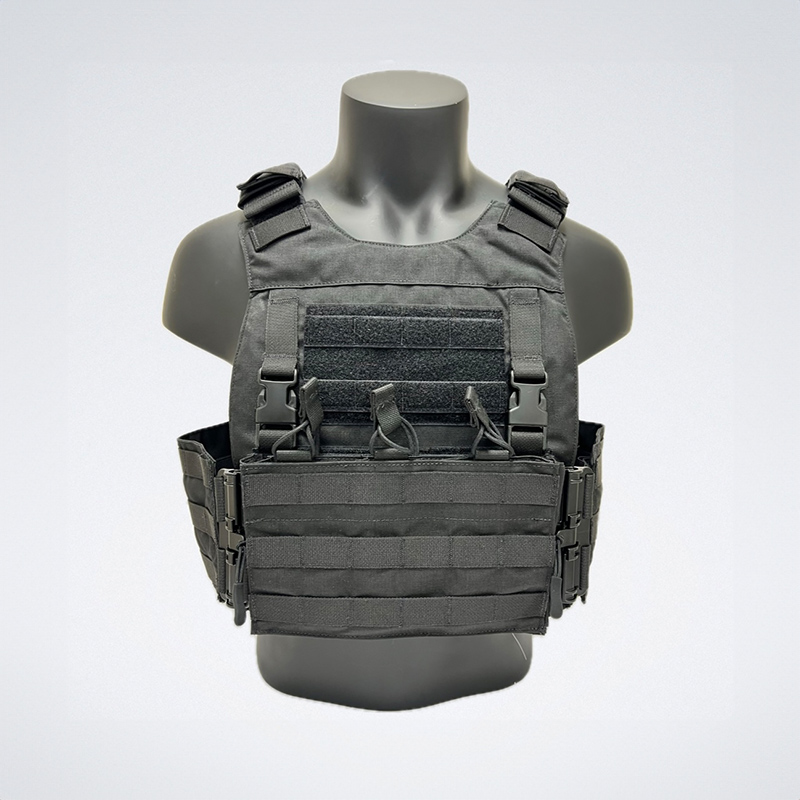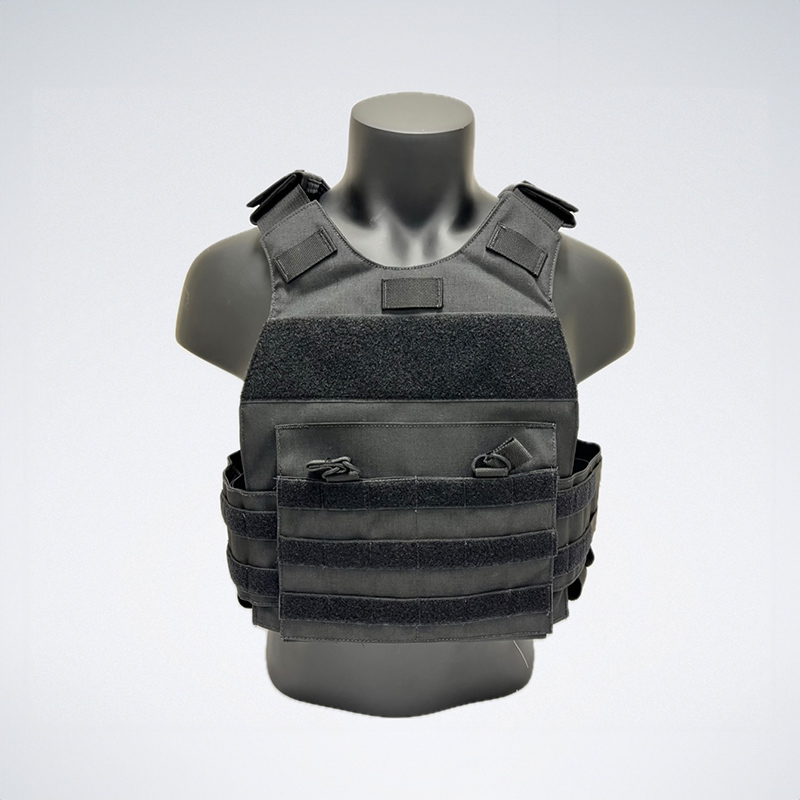ASLTR Tactical Vest
Material Construction: Made from a combination of 500D Cordura® Nylon and a high-strength laminate with laser cut MOLLE, ensuring durability under heavy loads.
Cable Management: Built-in cable management routing channels (two in the front and two in the rear) to prevent exposed wires, enhancing officer safety.
Admin Pocket: Large admin pocket in the upper front portion of the vest, accessible from either side, ideal for storing a large cell phone or similar-sized object.
Additional Storage: Two separate built-in pockets on either side of the front cummerbund flap for administrative items.

Special Threat tested Models

Special Threat tested Models

NIJ CERTIFIED MODELS

PROTECTING LIVES SINCE 2010

PROTECTING LIVES SINCE 2010

MADE IN
THE USA

Special Threat tested Models

NIJ CERTIFIED MODELS
More info about ASLTR Tactical Vest
Removable Elastic Band: Three-cell elastic band on the body side of the cummerbund for storing magazines, radios, or similar-sized objects.
Quick Donning and Doffing: Uses First Spear TUBES® for secure and rapid adjustments.
Ballistic Protection: Comes standard with NIJ 0101.06 Certified Level IIIA soft armor panels in the front, rear, and side cummerbunds.
Hard Armor Plates: Inserts from the bottom of the vest, secured via a plate suspension strap.
Optional Equipment: Ancillary protective equipment such as neck, collar, deltoid, and groin protectors can be added based on mission requirements.
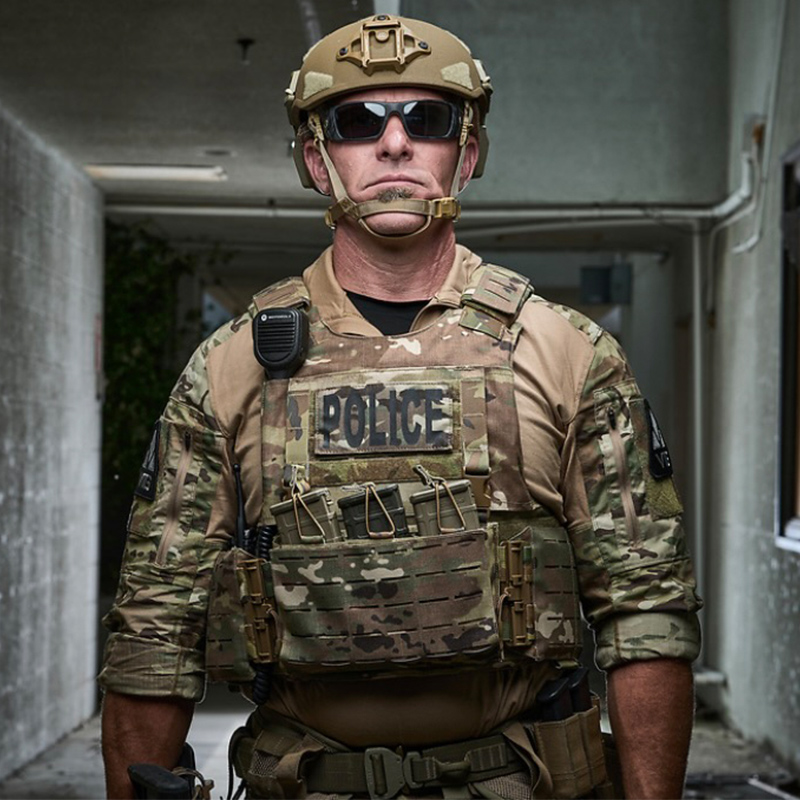
PLATE CARRIERS - TACTICAL VESTS Faqs
What are the primary differences between plate carriers and tactical vests?
While both designed for tactical applications, plate carriers are specifically engineered to hold hard armor plates,providing maximum ballistic protection. Tactical vests, on the other hand, often incorporate soft armor and offer a balance of protection and load-carrying capabilities.
What factors should be considered when choosing a plate carrier or tactical vest?
Selecting the appropriate plate carrier or tactical vest involves evaluating factors such as the level of protection required, comfort, fit, load-carrying capacity, compatibility with other gear, and the specific operational environment.
How important is comfort and fit in a plate carrier or tactical vest?
Comfort and fit are paramount for prolonged wear in demanding conditions. A well-fitting plate carrier or tactical vest reduces fatigue, enhances mobility, and overall performance.
What level of ballistic protection is typically offered by plate carriers and tactical vests?
Plate carriers primarily focus on hard armor protection, offering varying levels based on plate type. Tactical vests often combine soft armor with optional hard armor inserts, providing a balance of protection.
How do plate carriers and tactical vests accommodate different body types and sizes?
Both plate carriers and tactical vests typically offer adjustable features, such as cummerbunds and shoulder straps, to accommodate a wide range of body types. However, the specific design and materials can influence the overall fit and comfort.
What features enhance the functionality of plate carriers and tactical vests?
Essential features include MOLLE webbing for attaching pouches, quick-release mechanisms, hydration compatibility, and durable construction. Additional features like integrated communication systems or medical pouch integration can further enhance functionality.
Can plate carriers and tactical vests be customized to meet specific operational requirements?
Many manufacturers offer customization options, such as color, size, and configuration, to meet the specific needs of different users and operational environments.

